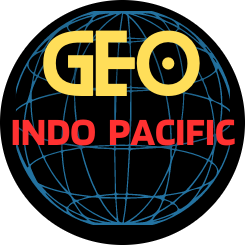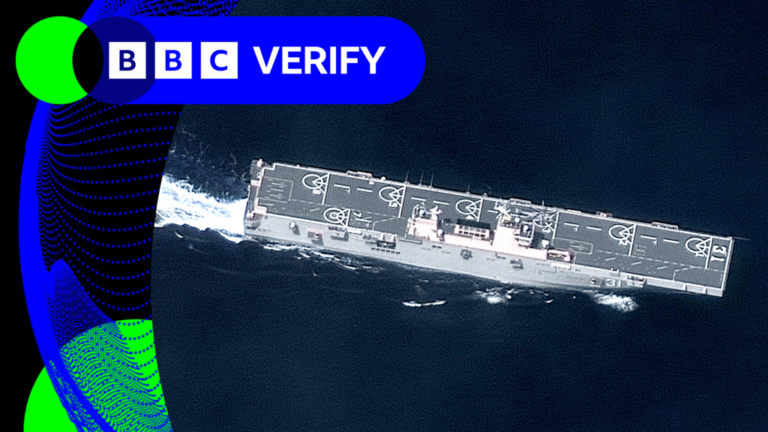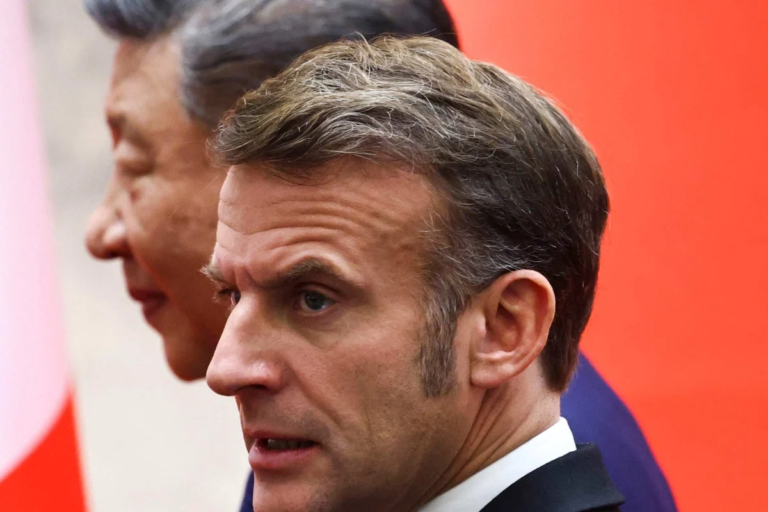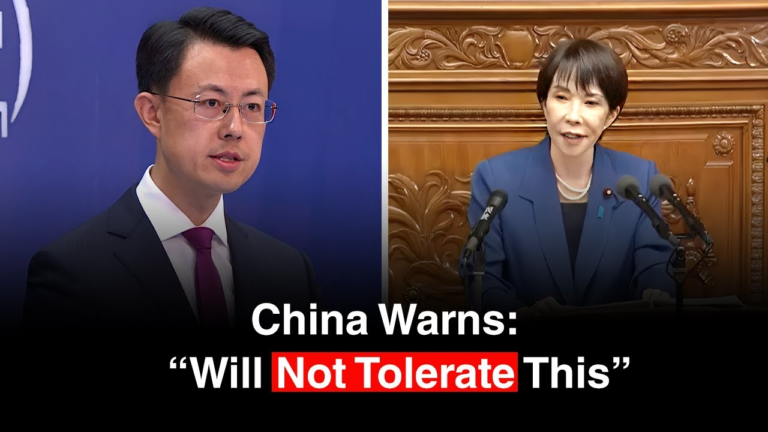
Developing countries in the Indo-Pacific and elsewhere are “grappling with a tidal wave of debt repayments and interest” to China under its One Belt, One Road infrastructure lending scheme, according to a May 2025 report.
The world’s 75 most vulnerable countries face a record high $22 billion debt repayment to China in 2025, according to an analysis by the Lowy Institute, an Australian-based think tank.
The World Bank’s International Development Association (IDA) identified the at-risk nations. Indo-Pacific countries on the IDA list include Cambodia, Fiji, Kiribati, Laos, the Marshall Islands, the Maldives, Federated States of Micronesia, Myanmar, Pakistan, Papua New Guinea, Samoa, Solomon Islands, Sri Lanka, Timor Leste, Tonga, Tuvalu and Vanuatu.
Under the lending scheme, China rapidly invested in developing countries’ railways, ports and roads in the 2010s. Now the loans are coming due, putting pressure on government balance sheets. For the rest of the decade, China will be more debt collector than banker to countries, the Lowy Institute report noted.
“Pressure from Chinese state lending, along with surging repayments to a range of international private creditors, is putting enormous financial strain on developing economies. The result is rising debt vulnerability and the crowding out of critical spending priorities such as health, education, poverty reduction and climate adaptation,” the report said.
Financial experts previously warned that a significant portion of the Chinese loans were unsustainable. The ease of financing allowed countries to pursue sometimes extravagant infrastructure projects, raising concerns the projects would never recover their investments.
India refused to join China’s scheme and warned that Chinese loans were part of its debt-trap diplomacy — a strategy of extending large loans to developing nations with terms that can lead to financial dependency and strategic concessions, the EurAsian Times news outlet reported. China deliberately burdened countries with unsustainable debt so that Beijing could gain political leverage and control over key assets when borrowers defaulted, analysts contend.
Sri Lanka is a prime example. It borrowed heavily from Chinese state-run banks — about $13.2 billion between 2006 and 2022 — to invest in highways, ports, airports and other infrastructure. The Hambantota International Port, Mattala Rajapaksa International Airport and the Lotus Tower, a communications structure and tourist attraction, saddled Sri Lanka with high-interest loans and long implementation delays that translated into unsustainable debt. Sri Lanka, unable to repay the Hambantota loans, handed over the port and 15,000 acres of surrounding land to China Merchants Port Holdings on a 99-year lease, giving China strategic control over a key maritime asset near major shipping routes and sparking suspicions of potential military use.
Indo-Pacific nations Samoa, Tonga and Vanuatu are already facing high Chinese debt and have pushed Beijing for extensions on the repayments, according to Australian Broadcasting Corp. News. Tonga owes about $190 million, or about a quarter of its gross domestic product, Lowy says, after borrowing heavily to rebuild after 2006 riots.
China may be open to delaying repayments, but it does not forgive debts, and Beijing rarely disburses grants. Since the infrastructure scheme began in earnest in 2013, China maintained a 31-to-1 ratio of loans to grants, according to AidData, part Global Research Institute at the United States-based College of William & Mary.
While Chinese lending was falling in recent years, the Lowy report highlighted new large-scale loans to Solomon Islands and the non-Indo-Pacific nations of Burkina Faso, Dominican Republic, Honduras and Nicaragua. All the lending came within 18 months of the countries switching diplomatic recognition to Beijing from Taiwan, the self-governed island China threatens to annex by force.





